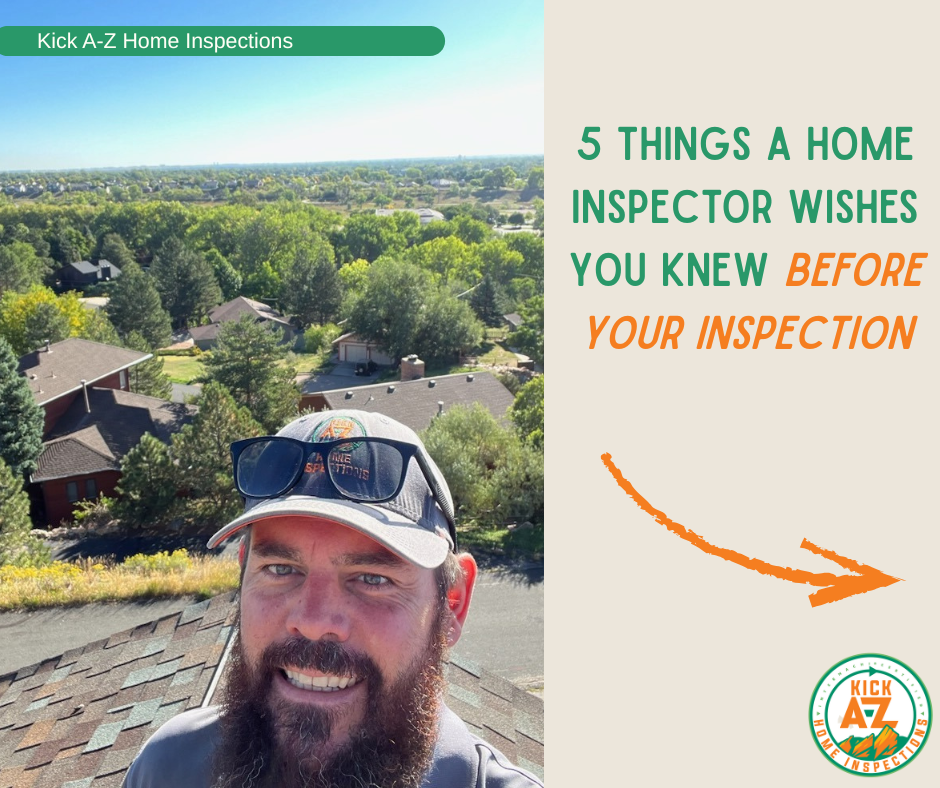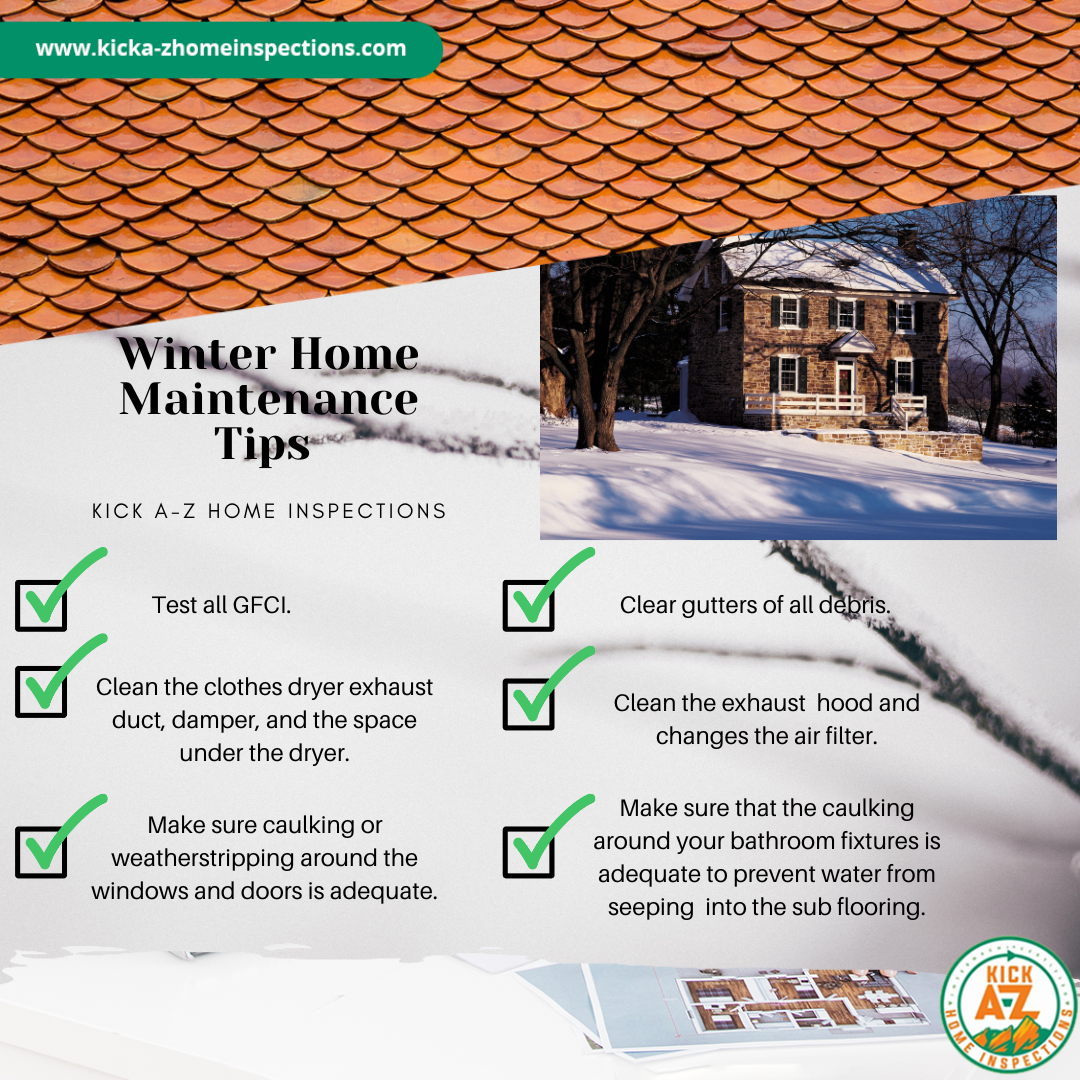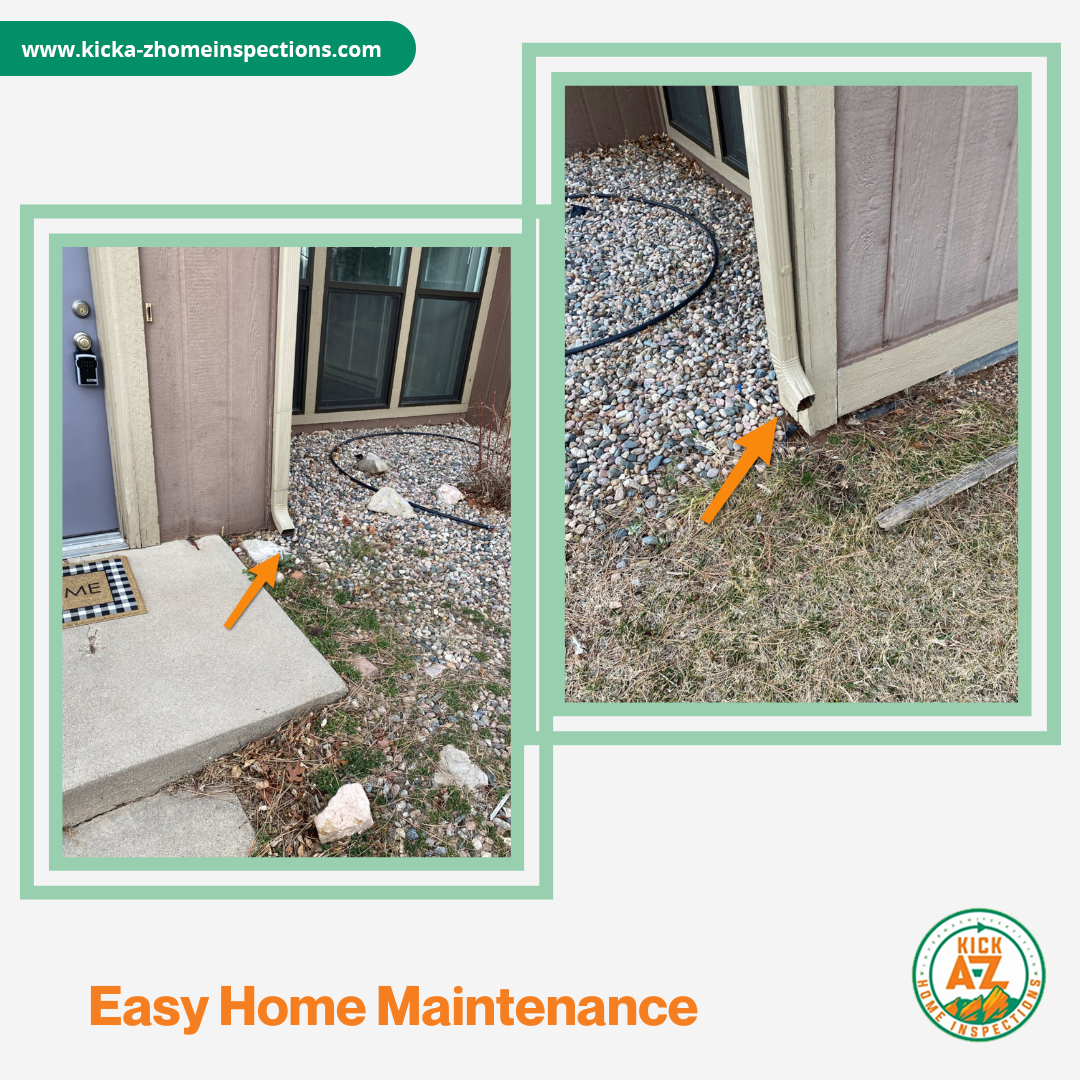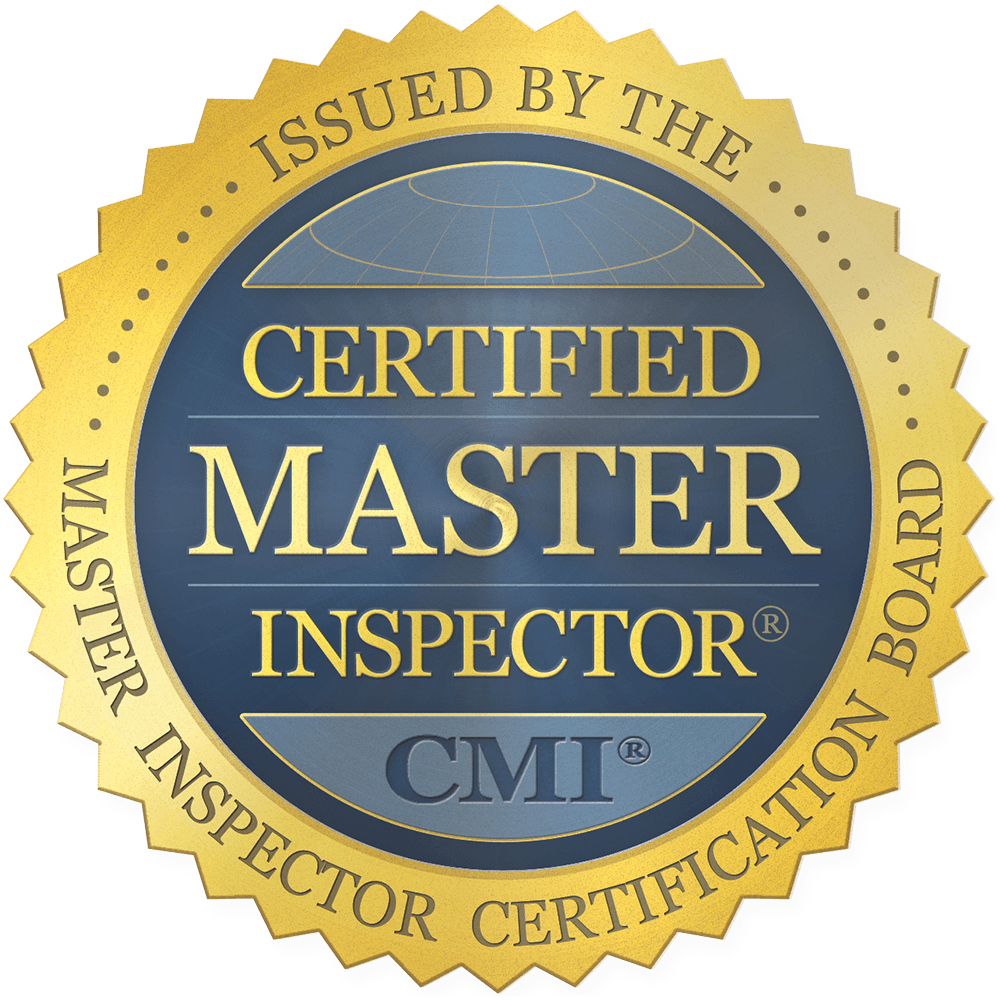New Construction, New Rules
This is a subtitle for your new post

Colorado has taken a bold step toward addressing its housing shortage by passing new legislation aimed at making it easier—and less risky—for builders to develop multi-family homes. House Bill 25-1272, also known as the Colorado American Dream Act, brings sweeping changes to how construction defect claims are handled across the state. Whether you're a homebuyer, real estate professional, or builder, this law could impact the way you buy, sell, or build new homes.
Let’s break it down.
🔍 Why This Law Matters
For years, Colorado has seen a sharp decline in condo and townhome construction—down 84% between 2007 and 2022. The reason? Builders were increasingly wary of costly construction-defect lawsuits. These suits often stemmed from minor issues but led to major insurance hikes and legal fees. As a result, fewer entry-level homes were being built, especially in high-demand areas like the Front Range.
The new law aims to reverse that trend by offering incentives and protections for builders who follow strict quality guidelines—while still preserving homeowner rights.
🏡 What the Law Changes: Key Takeaways
✅ Voluntary Program: The Multifamily Construction Incentive Program (MCIP)
Builders can opt into this program if they’re constructing attached multifamily homes (like townhomes or condos). In exchange for following higher standards, they get increased legal protections.
🧰 Builder Requirements under MCIP:
- “1-2-6” Warranty: 1 year for materials/workmanship, 2 years for systems (electrical, HVAC, plumbing), and 6 years for structural elements.
- Third-Party Inspections: Independent inspections must be performed at key stages of construction.
- Advance Filing: Builders must declare their participation before listing units for sale.
⚖️ Legal Protections for Builders:
- Shorter Window for Lawsuits: Lawsuits must be filed within 6 years (vs. up to 10 previously).
- Claim Limitations: Only serious defects—those that affect safety, function, or cause significant damage—can be pursued.
- Homeowner First Step: Buyers must work through the warranty process before filing a lawsuit.
- Cert of Occupancy: Creates a presumption that the home was delivered without defects—unless proven otherwise.
📋 New Rules for Filing Construction Defect Claims
Even outside MCIP, all builders and homeowners must now follow a more structured process for defect claims:
- Notice of Defect: Must be given 75+ days before filing suit (90 days for commercial properties).
- Document Exchange: Builders must provide plans, inspection reports, and insurance info within 60 days.
- Repair Offer Window: Builders have 90 days to inspect and offer repairs or settlement.
- Attorney Fee Shifts: If a homeowner unreasonably rejects a good-faith offer, they may have to pay the builder’s legal fees. If the builder fails to offer a fair solution, the homeowner can recover fees.
🏘️ HOAs Face New Guidelines Too
To prevent lawsuits that don’t reflect the will of homeowners, the law requires:
- 65% of unit owners to approve any construction defect lawsuit.
- Settlement funds must first go toward repairs—not operating costs or reserves.
💬 What Critics Are Saying
While many hail this as a win for housing affordability, some legal experts and consumer advocates have raised concerns:
- Heavy burden on homeowners to “mitigate damages” and jump through procedural hoops.
- Vague legal language about what counts as a “material defect.”
- Builders still face significant document disclosure requirements early in the claim process.
🚀 What This Means for Colorado’s Housing Future
This legislation was created with one major goal in mind: to jump-start condo and townhome construction in a state that desperately needs it. With proper implementation and builder participation, it could help:
- Bring more affordable housing to market,
- Provide stronger up-front warranties for buyers,
- And reduce the legal minefield that has scared builders off for over a decade.
✨ Final Thoughts
At Kick A-Z Home Inspections, we work with buyers and builders every day and believe that transparency and quality construction should be at the heart of every real estate transaction. As these new laws roll out, we’ll be keeping a close eye on how they impact our industry and the families we serve.
Looking at a newly built home?
We always recommend a third-party inspection—yes, even on new construction. These new protections are a great step, but there’s no substitute for having someone in your corner who knows exactly what to look for.
Have questions about what this law means for your next purchase or build? Let’s talk.





















